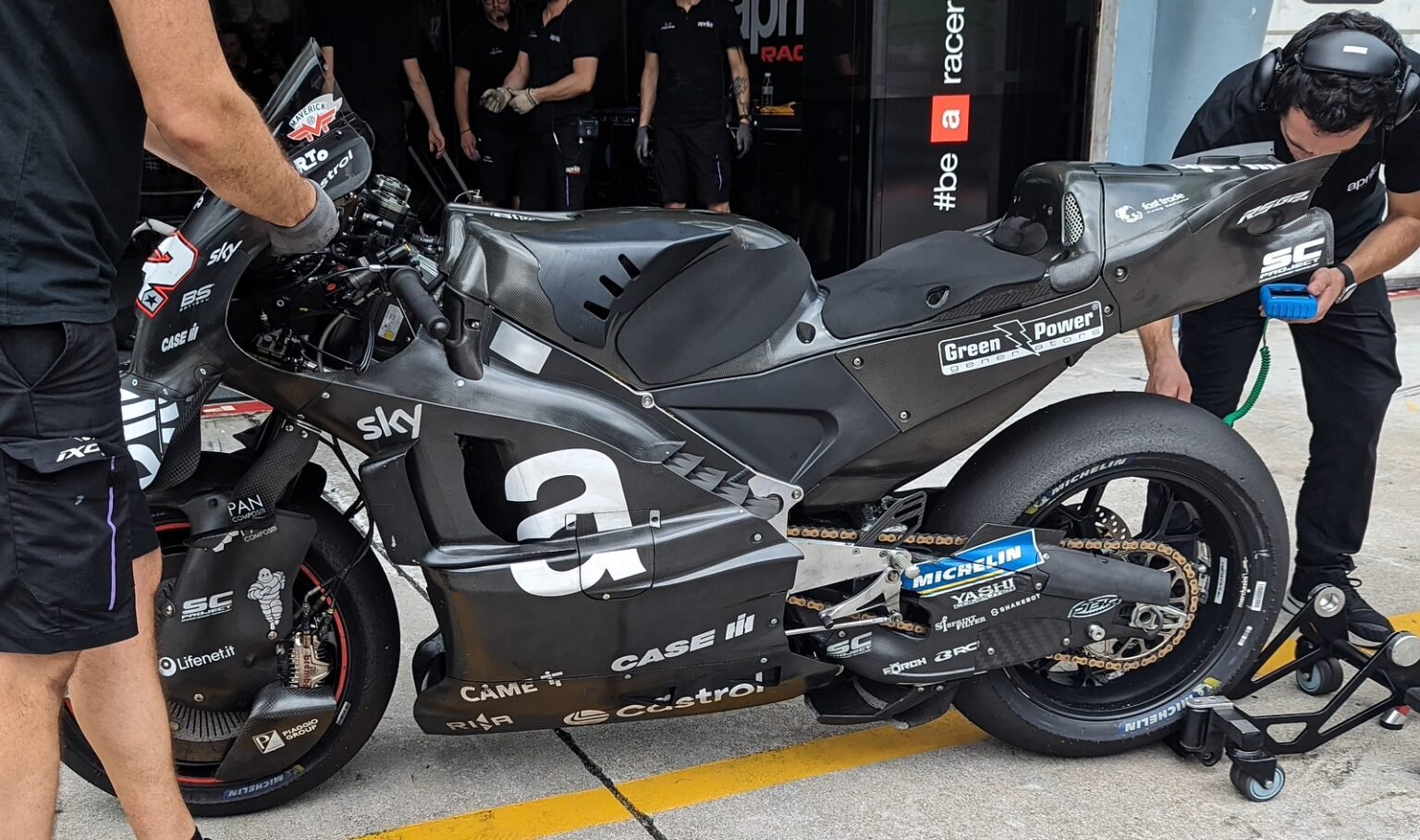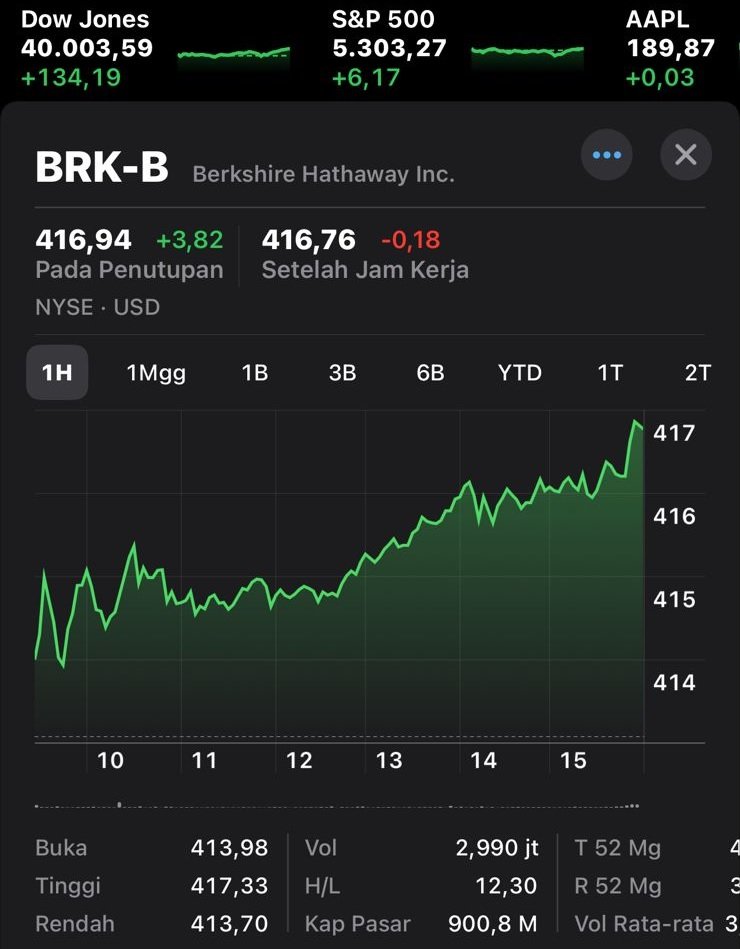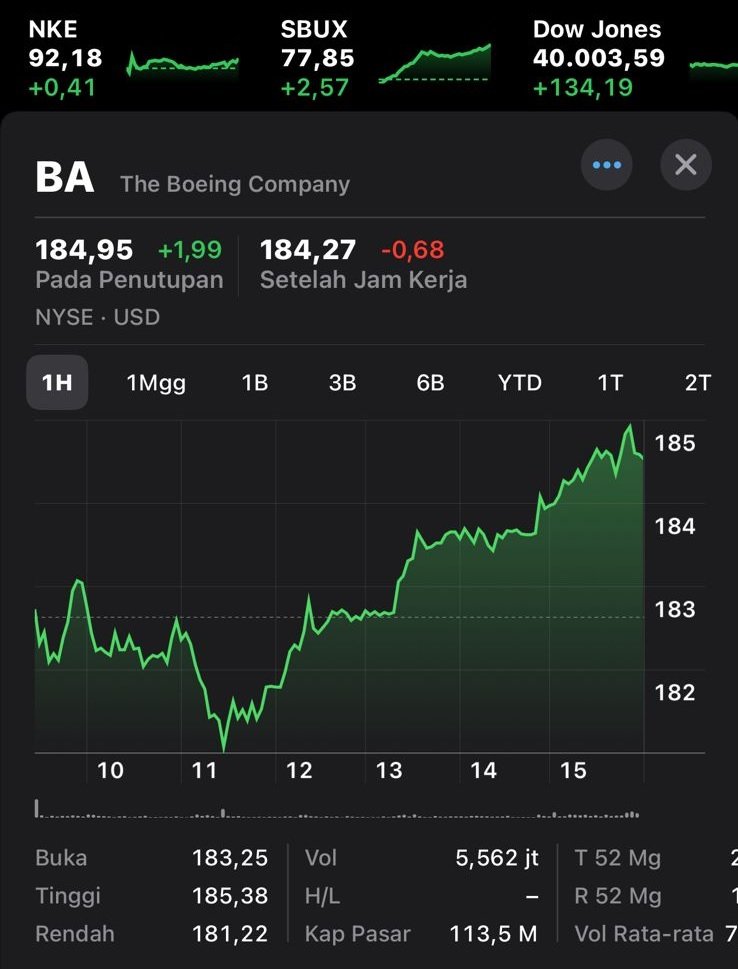As we all know, MotoGP technical regulations usually change on a large scale every 5 years and the closest point to the deadline for the presence of new MotoGP regulations is in 2027. It is believed that the regulations themselves will bring about major changes, starting from lowered cubic conditions to regulations regarding aerodynamics which are said to be increasingly tightened. . So, ahead of 2027, which is only 3 years away, there is an opinion that current MotoGP engine development should be frozen until 2027.
What is meant by the current MotoGP engine is the engine used in the 2024 season or perhaps starting in 2025 so that the new development will stop. This voice of opinion comes via Speedweek, where if MotoGP comes in 2027 without a freeze, manufacturers will inevitably continue to develop their 1,000 cc motorbikes until the final round in 2026, while also bearing the costs of making a replacement 850 cc engine in parallel. . .
This is clearly a very demanding economic burden and is basically very contrary to the basis of Dorna’s and FIM’s goals for MotoGP, namely cost-cutting or cutting operational costs by providing Unified electronics, Unifield Tire and others.

It was initially reported that the European trio of manufacturers Ducati, KTM and Aprilia agreed to support a 1,000cc engine freeze for 2025 and 2026. However, the Japanese manufacturers, Honda and Yamaha, will be ‘locked’ at their current uncompetitive levels in 2025 and 2026 because they Looks like you still haven’t found the base setup. . . If in 2025 and 2026 Honda and Yamaha are forced to use engines that are not competitive, then it is very possible that their achievements will suffer in those two years.
But recently it has been reported that Aprilia – who has three wins in the last four races with Maverick Vinales – has defected from the defenders of a freeze on engine development and joined the two Japanese manufacturers in wanting development to continue for the remainder of the 1,000cc season until the end of the 2026 season.

Meanwhile, Dorna and the FIM are estimated to be working on temporary regulations which will become a regulation that will bridge the lead up to the new regulations in 2027. And one possible solution is to update the concession system which is currently in effect, where there is a clause that manufacturers enter the freezing stage of engine development in 2027. next If they surpass a certain number of podiums or points in the Manufacturing Standings.













